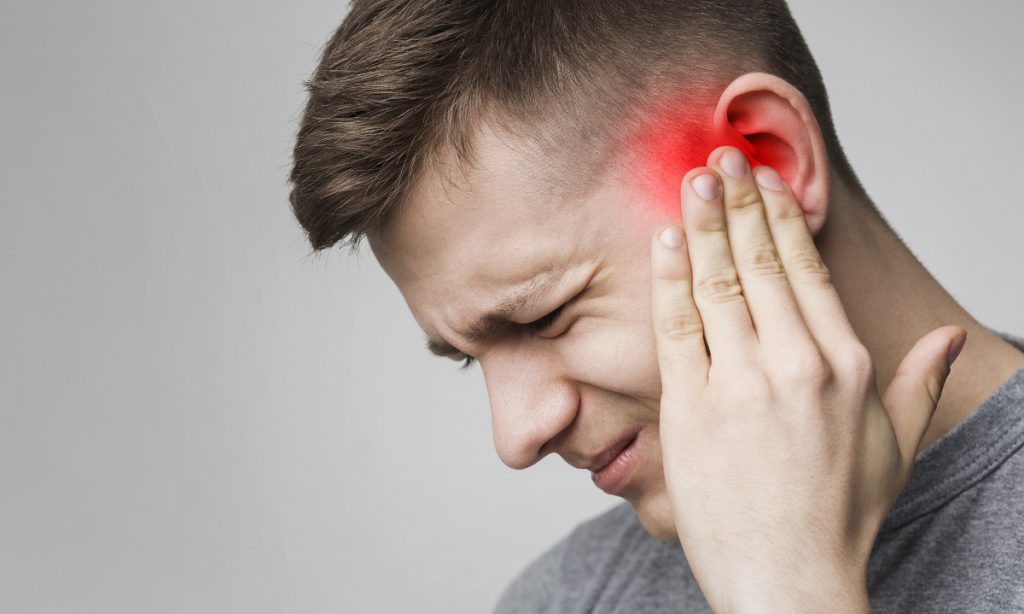
Nội dung bài viết / Table of Contents
This post is also available in: Tiếng Việt (Vietnamese)

A perforated eardrum is a tear in the thin membrane that separates your outer ear from your inner ear. That membrane, known as the tympanic membrane, is made of tissue that resembles skin.
The eardrum plays two important functions in your ear. It senses vibrating sound waves and converts the vibration into nerve impulses that convey the sound to your brain.
It also protects the middle ear from bacteria as well as water and foreign objects. Normally, the middle ear is sterile. But when the eardrum is perforated eardrum, bacteria can get into the middle ear and cause an infection known as otitis media.
A perforated eardrum can occur at all ages. However, it can be managed by reducing your risk factors. Please discuss with your doctor for further information.
Some common signs and symptoms of a perforated eardrum may include:
If you have any signs or symptoms listed above or have any questions, please consulting with your doctor. Everyone’s body acts differently. It is always best to discuss with your doctor what is best for your situation.
It is proved that there are a great number of causes of a perforated eardrum, and these causes below are considered as the most common ones, including:
Other events that can cause sudden changes in pressure — and possibly a perforated eardrum — include scuba diving and a direct blow to the ear, such as the impact of an automobile air bag.
Children are at a higher risk of developing perforated eardrum. Sometimes children can puncture their own eardrum by putting objects such as a stick or a small toy in their ear.
The information provided is not a substitute for any medical advice. ALWAYS consult with your doctor for more information.
If you experience any of signs or symptoms of a perforated eardrum, the doctor will perform an otoscopic exam. An otoscope is an instrument with a light that’s used to look inside the ear. In most cases, if there is a hole or tear in the eardrum, the doctor will be able to see it.
Sometimes there may be too much wax or drainage for the doctor to see clearly the eardrum. If this is the case, the doctor may clean the ear canal or prescribe eardrops for you to use to help clear it first.
Sometimes, the doctor uses a rubber bulb attached to the otoscope to blow a puff of air into the ear. If the eardrum is not ruptured, it will move when the air hits it. If it is ruptured, it won’t.
Moreover, the doctor may also test your hearing to determine how much the perforated eardrum has affected your hearing; they may use a tuning fork to test it.
The doctor may also ask for an audiology test, which uses a series of tones you listen to with headphones to determine your level of hearing. Most hearing loss due to a perforated eardrum is temporary. Normal hearing returns usually after the eardrum heals.
Perforated eardrums don’t always need to be treated because they normally heal by themselves in a few weeks or months provided that your ear is kept dry and there’s no infection.
If you have any pain or discomfort, you can take over-the-counter painkillers, such as paracetamol or ibuprofen. It is noticeable that never give aspirin to children under 16.
Placing a warm flannel against the affected ear may also help relieve the pain. Furthermore, your doctor may prescribe antibiotics if your perforated eardrum was caused by an infection or if there is a risk that an infection will develop while your eardrum heals.
If you have any questions, please consult with your doctor to better understand the best solution for you.
Sources: